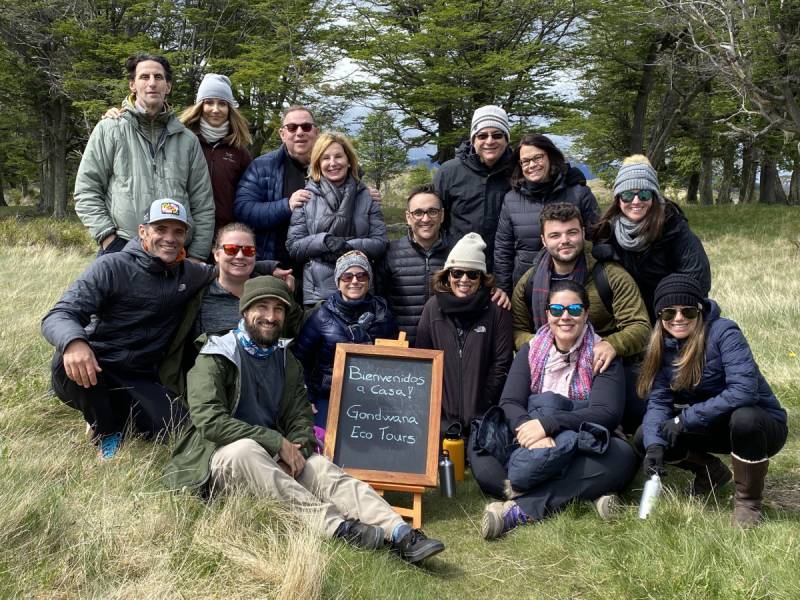Who Are the Maasai?

A culture teeming with history, tradition and controversy, the Maasai are one of Africa’s most iconic tribes. As semi-nomads, they live between southern Kenya and northern Tanzania. There are estimated to be 1 million Maasai living between these countries, though it is hard to find an exact count in rural areas. Their lifestyle is largely similar to that of their ancestors, but modern influences are beginning to impact the tribe. So who are the Maasai? It’s a long story…
The backbone of the Maasai tribe is cattle. This resource commands a large part of their identity, and livestock ownership is highly desirable. As a semi-nomadic tribe, the purpose of their movement is to find new grazing land for their cattle (and a few goats and sheep, too!). The animals provide raw meat, milk, and blood, which are staples of the Maasai diet. As renowned Maasai writer Tepilit Ole Saitoti famously said, “Without the land and cattle, there will be no Maasai.”
Five Quick Facts About The Maasai Tribe
Cultural Traditions Are Deep Rooted: The Maasai tribe is a semi-nomadic ethnic group inhabiting parts of Kenya and Tanzania, known for their distinctive cultural practices and traditional way of life. They are particularly recognized for their unique clothing, which includes bright red shuka (blankets) worn by both men and women, and intricate beadwork jewelry.
An Earthy Livelihood: Historically, the Maasai were primarily pastoralists, relying on cattle herding as their main source of livelihood. Cattle are highly valued among the Maasai and are not only a symbol of wealth but also hold deep cultural and spiritual significance. However, with changing times, many Maasai have adapted to modern ways of life while still maintaining aspects of their traditional culture.
Social Structures Are Well Defined: Maasai society is organized into age sets, with individuals progressing through various stages of life within these sets. Each stage comes with specific responsibilities and privileges, and age sets play a crucial role in decision-making and social cohesion within the community.
A Culture of Warriors: Young Maasai men traditionally undergo a rite of passage known as the “warrior stage.” During this period, they are tasked with guarding their community and livestock from predators and other threats. Engaging in rituals and ceremonies, such as the Eunoto ceremony, marks the transition from warriorhood to elderhood.
The responsibilities shouldered by Maasai warriors extend beyond mere protection; they are also entrusted with maintaining the delicate balance between humans and wildlife, embodying a harmonious coexistence with their natural surroundings. As guardians of their community’s well-being, warriors play a vital role in preserving the cultural heritage and values that define the Maasai way of life.
Challenges and Adaptations of the Maasai People: The Maasai way of life faces numerous challenges in the modern world, including diminishing grazing lands, climate change, and encroachment on their traditional territories. Many Maasai have had to adapt to new economic opportunities, such as tourism and agriculture, while striving to preserve their cultural heritage and identity amidst these changes. Efforts to find a balance between tradition and modernity are ongoing within the Maasai community.
Traditions of the Maasai
Keeping with their traditional social organization, Maasai men and women have performed the same responsibilities for centuries. Men take on the duties of warriors and herders, while women perform household chores, milk the cattle and gather firewood. Romantic relationships are not monogamous, and marriages can be defined by age group, not single partners. As people age from childhood, adulthood and elderhood, new responsibilities, roles and titles are passed on, usually accompanied by ceremony and rituals. In this society, social traditions are a pillar of the Maasai’s identity.

Maasai Children Having Fun
Clothing and body modification are iconic parts of Maasai culture, and styles can vary greatly by tribe and region. Clothing is largely made up of draped cloth robes, and adorned with intricate, artistic jewelry and beads. Kenyan tribes traditionally wear colorful clothes and beads, while Tanzanian tribes wear rust colored garments and white beads. Another cultural symbol is body modification, stretching earlobes with twigs or other items, though this is fading in popularity. Hair shaving is another ritual that displays rites of passage. With distinctive dress and adornment, the Maasai have a truly unique visual aesthetic.
To outsiders, the Maasai are largely known for “adumu,” their traditional jumping dance. This performance has been captured in countless photos and videos, and is a symbol that many people associate with their culture. Historically, this dance is done during Eunoto, a coming of age ceremony when a young man makes the transition into warrior. This event can last around 10 days, and includes singing and rituals, in addition to the competitive dancing.
Though they clearly hold on to traditional practices, the Maasai have adapted their lifestyle to modern times as well. Technology and cell phone use is becoming more common, and herders use them as tools to find grazing land and communicate with people in the city. Once exclusively livestock owners, the Maasai have recently branched out into farming to sustain their communities. Similarly, some Maasai members choose to venture to the city, get jobs and assimilate to modern life. As the world changes, the Maasai choose to modify their lives when it benefits them.
So who are the Maasai?
Clearly, they know the value of tradition and their unique history. Though their lifestyle is very different from the outside world, the fact that their way of life is largely untouched is nothing short of remarkable. Government in Tanzania and Kenya have urged the Maasai to abandon their traditions and join modern society, but the Maasai have remained independent and choose to modify their lifestyle based on their needs. Where can I meet the Maasai? Visiting this fascinating tribe and experiencing their unique culture should be on every traveller’s bucket list.


